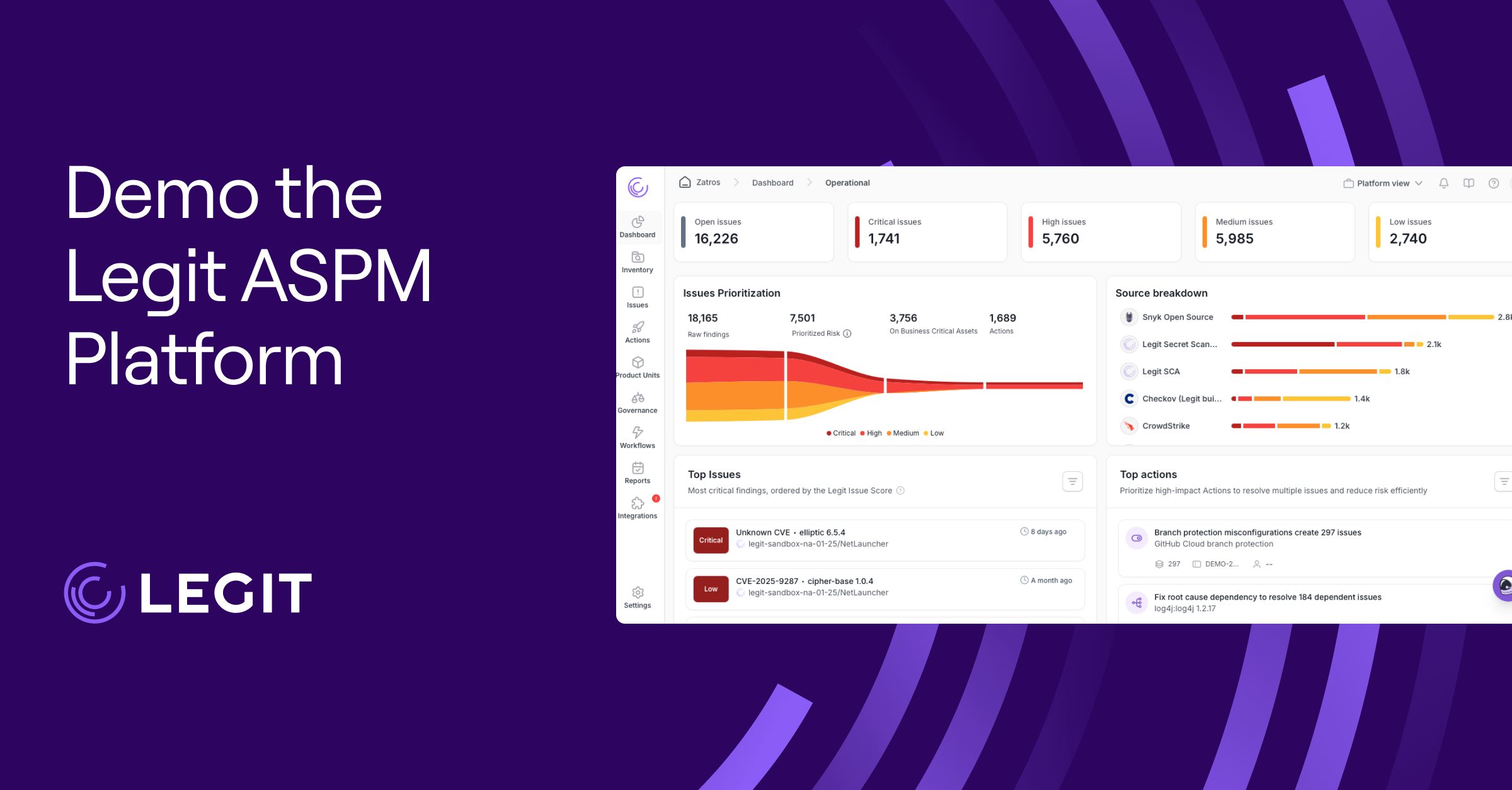Advanced persistent threats (APTs) use sophisticated tools and techniques to breach systems and maintain access—all while remaining undetected. Unlike other cyberattacks, APTs work over an extended period, using more resources to achieve specific objectives, such as stealing sensitive data or bringing down operations.
As technology advances and dependence on it grows, APTs have become more common. Here’s a guide to the stages involved and what strategies you can employ to mitigate these attacks, along with some APT examples that showcase their prevalence and impact.
What Is an Advanced Persistent Threat?
An APT in cybersecurity is a sustained attack in which a threat actor infiltrates a network and attempts to remain undetected. Well-funded actors, such as organized cybercriminals or hacktivist groups, often orchestrate these invasions to achieve strategic, long-term goals.
To gain initial access, hackers often exploit attack vectors like unpatched vulnerabilities. Once inside, the main goal of an APT attack is to establish persistence, sometimes by deploying a backdoor to maintain long-term access.
The real danger of APTs lies in their persistence and precision. Unlike traditional cyberattacks, they focus on highly specific organizations or industries, targeting strategic individuals to gain access to high-value systems and data. And once inside, malicious actors move laterally across the network to access more information, carefully evading detection tools. The longer an APT goes unnoticed, the greater the damage—ranging from financial loss to reputational harm and even national security threats.
Characteristics of Advanced Persistent Threats
APTs differ from typical cyberattacks due to their precision, duration, and sophistication. Here are some other core characteristics of APTs to help you recognize and address them:
Persistent and Long-Term Engagement
APTs aren’t quick. Attackers embed themselves within the network for weeks, months, or even years. This persistence lets them carefully monitor activity and execute their objectives without detection.
Goal-Oriented Attacks
APTs have specific, high-value goals, like stealing classified information, intellectual property, or financial records. Unlike less targeted cyberattacks, these campaigns focus on achieving strategic outcomes, often aligning with political or financial motives.
Well-Funded Operations
APTs require significant financial and technical resources, which means threat actors are rarely acting alone. People behind these attacks often have backing from nation-states, organized cybercriminal groups, or even well-funded organizations. This support enables them to deploy advanced tools and custom malware.
Stealth and Evasion Tactics
APTs prioritize secrecy. They use sophisticated techniques like encryption, lateral movement, and polymorphic malware to bypass security defenses and evade detection.
Targeted and Tailored Campaigns
Attackers customize APTs for specific organizations or industries. For this strategy to work, it needs to be highly specific, so threat actors must gather intelligence and tailor their approaches over time.
APT Attack Stages
Understanding the stages of an APT in security can help you identify and mitigate attacks before they escalate.
1. Reconnaissance
In this phase, attackers gather intelligence on their target. They identify vulnerabilities, study network architecture, and research employees or third-party partners to find entry points. Techniques often include using open-source intelligence (OSINT) and social engineering.
2. Infiltration
Attackers exploit vulnerabilities to gain initial access to the target’s network. This may involve spear-phishing campaigns, malware deployment, or exploiting unpatched systems. Successful infiltration creates the first foothold, but hackers may also install a backdoor during this phase to ensure continued access.
3. Escalation and Lateral Movement
Once inside, attackers use privilege escalation to gain administrative rights, moving laterally across systems to identify high-value assets. During this phase, they leverage tools to avoid detection and maintain persistence.
4. Data Exfiltration
In the final stage, attackers achieve their primary goal—which could be exfiltrating sensitive data, sabotaging critical infrastructure, or deploying ransomware. By this point, the attackers have often embedded themselves deeply enough to execute their plans without detection.
APT Attack Examples
APTs often come from groups that repeatedly attack different organizations without detection. Here are some examples of APT groups and specific instances to demonstrate their capabilities and widespread impacts.
Deep Panda
Deep Panda, a Chinese APT group, is known for targeting industries like healthcare, defense, and finance. By leveraging advanced spear-phishing campaigns and exploiting system vulnerabilities, Deep Panda exfiltrates sensitive data, such as intellectual property and personally identifiable information (PII).
Helix Kitten
Helix Kitten, sometimes referred to as OilRig or APT34, focuses on infiltrating financial services, energy, and government sectors. This APT uses sophisticated phishing techniques and custom malware to gain long-term network access. Its operations often align with Iran’s geopolitical objectives, so experts suspect Iran is behind its attacks.
APT29
APT29, also known as Cozy Bear, is a Russian cyber-espionage group linked to high-profile attacks on government agencies and political organizations. Its campaigns often use advanced tactics like supply chain compromises and spear-phishing to access sensitive data. Notable incidents include breaches related to the United States Democratic National Committee.
4 Strategies for Preventing Advanced Persistent Threats
Preventing APTs requires a multi-layered approach that combines proactive defense and continuous monitoring. Combining technical controls with well-informed users reduces the risk of APT attacks and can improve APT protection within your organization.
Here are a few strategies to explore:
1. Rapid Vulnerability Patching
Regularly patching known vulnerabilities in the software supply chain prevents attackers from exploiting weaknesses to gain entry. Automated patch management tools also help teams make timely updates and reduce the risk of missing critical fixes.
2. Continuous Monitoring and Incident Response Planning
Continuous monitoring tools detect anomalies and potential threats in real time—no hands-on action necessary. It’s a good idea to pair monitoring with a well-documented incident response plan to contain and mitigate attacks so your team doesn’t need to waste time deciding what to do.
3. Network Segmentation
Segment your network into isolated zones to limit an attacker’s lateral movement. If one part of the network is compromised, segmentation reduces access to other vital systems and data.
4. Threat Intelligence Integration
These solutions help you identify indicators of compromise (IOCs) and stay informed about new APT techniques. This bolsters defenses against known attack methods and puts you in the best position possible to respond quickly.
Protect Your Business From Advanced Persistent Threats With Legit Security
APTs represent a persistent and growing risk to organizations across industries. Their sophistication and ability to remain undetected for long periods demand a combination of proactive prevention and effective mitigation strategies—and Legit Security can play an important role here.
By offering visibility into application development pipelines, plus continuous vulnerability management, Legit Security equips you with the tools to secure your systems against advanced cyberthreats.
Book a demo today to see how Legit Security can strengthen defenses.
Download our new whitepaper.


